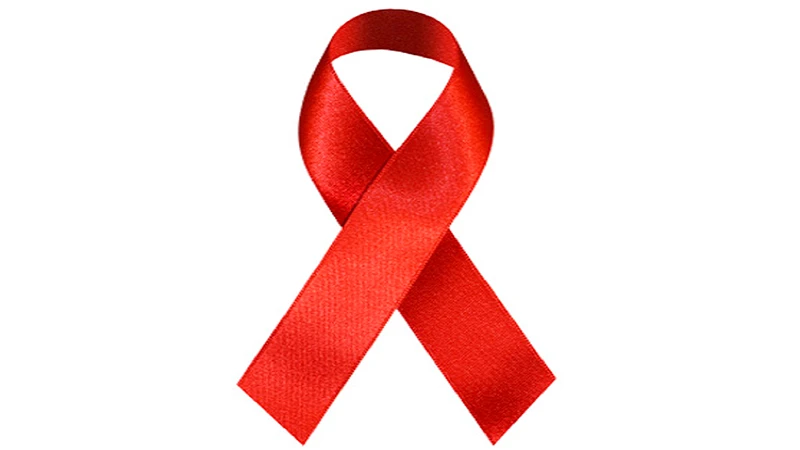Shocking if antimicrobial resistance outweighing HIV/Aids, TB, malaria

GLOBAL disease control data show that the likelihood of falling ill or dying from diseases that resist treatment has escalated in Africa.
Many people will be shocked upon learning that the threat has now eclipsed the likelihood of patients succumbing to Aids, tuberculosis or malaria.
There was already plenty of information to the effect that resistance to most traditional antibiotics was at an advanced stage, but a new impression is emerging that the situation is nearing pandemic proportions.
With each notorious antimicrobial resistance case registered in hospital, chances are that some of the patients stand to lose their lives.
A recent report by the Africa Centres for Disease Control and Prevention (Africa CDC) shows that the danger is first with children and other vulnerable groups, with the continent facing the world’s highest mortality rate from antimicrobial resistance (AMR).
The 27.3 deaths per 100,000 is said to exceed the combined death toll from HIV/Aids, TB and malaria, while Africa already bears a huge burden of infectious diseases.
The continent is reported to be the source of up to 95 per cent of malaria deaths, 70 per cent of people living with HIV, and 25 per cent of TB deaths globally, going by the data. And yet drug resistance overwhelms all this.
One surprising aspect of remarks made as the report was being delivered at the weekend at the African Union headquarters was an appeal that “we should not ignore this silent threat that disproportionately impacts the most vulnerable among us”.
There wasn’t much that anyone could do precisely, as microbial resistance is not the lack of medicine but that medicine just does not work. Solutions to the situation have been tried time and time again but usually in a non-authorised manner, one being a massive increase in the dosage.
Antimicrobial resistance occurs when micro-organisms like bacteria, viruses, fungi or parasites develop resistance to antimicrobial drugs.
The causes are wide-ranging or at least plural, often depending on a particular patient, but experts mostly focus on the things can be touched by policy or awareness campaigns.
Anti-microbial resistance is said to be hastened by human behaviours such as the misuse or overuse of the drugs in healthcare, agriculture and food systems. That is correct, but plenty of data show that climate change fortifies antimicrobial resistance capacity.
Earth warming has facilitated the growth of shrubs or water plants that were out of the way when seasons were predictable, and cooler.
If that is the case for plants, it also makes sense for animals or microbes as all living things are microscopic at the base – and this variation in sustenance with microbes is no surprise.
The issue is what can realistically be done, without laying the blame on victims. Often drug overuse has to do with over-prescription at hospitals and other care facilities ostensibly meant to boost sales and earn more.
An equally pervasive situation for developing antimicrobial resistance is the noted habit of medical authorities and drug dispensation regulators working with Big Pharma at a global or even local level to alter prescription amid plausible evidence of drug resistance for a portion of patients.
Chloroquine tablets and quinine infusion were once effective for up to more than 75 per cent of patients, but authorities obtained UN approval to remove the standard drugs in favour of inadequately proven alternatives.
This resulted in malignant skin infections, blood poisoning and other tangible symptoms for a portion of users which would have been contained with better research.
These are shocking facts painting a horrendous scenario. We hope and pray that the strenuous efforts all manner of experts are investing in studies seeking to make humankind get over all this mess soon and safely will bear the fruit we all long and wish for.
Top Headlines
© 2025 IPPMEDIA.COM. ALL RIGHTS RESERVED

















